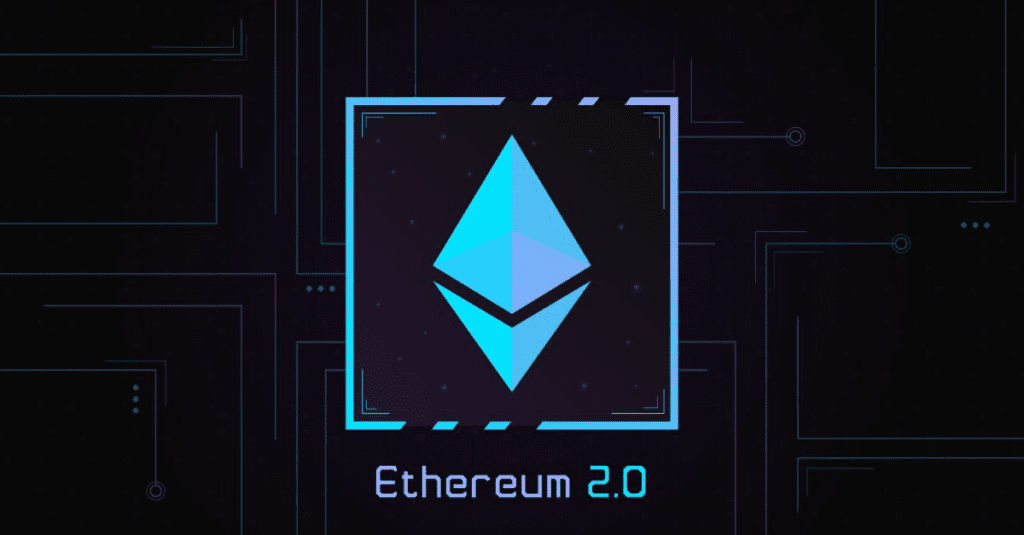Notable Shanghai Upgrade Coming Soon. What Should PoS Service Providers Prepare?
After the launch and merger of the Beacon chain, Ethereum 2.0 will usher in another major update in March (according to the latest news, it is expected to be postponed to early April)—the Shanghai upgrade. Among them, the ETH 2.0 staking asset withdrawal issue is one of the core issues that need to be resolved in this upgrade. With the approach of the Shanghai upgrade, Ethereum staking products have recently gained a high degree of attention in the market.

Staking users should do withdrawal work in advance
After the Shanghai upgrade takes effect, users can withdraw the principal or income previously staked on the Beacon chain to the address provided by themselves so as to freely control the corresponding assets. Withdrawal can be divided into all withdrawals and withdrawal rewards, both of which need to set a withdrawal address; once the withdrawal address is set, it cannot be modified. All withdrawals require the user to initiate a request to withdraw from the validator and wait in line for confirmation. After the user confirms the withdrawal, all funds can be retrieved; the withdrawal of rewards is in the form of automatic distribution, which is automatically credited to the account every few days on average. Neither type of withdrawal involves a gas fee.
Whether it is a full withdrawal or a withdrawal of rewards, the user needs to set the withdrawal address in advance. Before the upgrade in Shanghai, users could only set the withdrawal address when initially creating a validator and could not set it after it is created. Since the Beacon chain does not make mandatory requirements for setting the withdrawal address, the withdrawal address of some validators is null. As of February 13, only 205,178 of the 517,052 validators on the network have set withdrawal addresses, and 311,874 have not, accounting for 60.3%.
After the Shanghai upgrade, users can initiate a request to set a withdrawal address for a validator that has not set a withdrawal address but cannot modify the withdrawal address. Calculated according to the theoretical value that each block can set 16 withdrawal addresses, all settings can be completed within 3 days (311874/115200 about 2.7).

It is understood that the number of validators that can be withdrawn per day is 225 (the number of epochs per day) * 7 (the number of validators that can be withdrawn per epoch corresponding to the current number of validators) and the total is 1575. In extreme cases, all current validators exit at the same time. Theoretically, the longest time is 517052/1575, which is about 328 days. In fact, since the number of validators that can be exited in each epoch is related to the current total amount of validators, it will take longer for all exits.
The final step is about reward release/full withdrawal. According to the requirements, the user’s withdrawal conditions have different requirements for different situations:
The first is a partial withdrawal. The validator needs to set a withdrawal address, the status is active, and the balance must be greater than 32 ETH (including unclaimed earnings).
The second is full withdrawal. The validator needs to be set with a withdrawal address, and the status is withdrawable (usually, it indicates that the validator exited successfully).
Eligible validators can enter the withdrawal queue, and Ethereum will automatically send ETH to the withdrawal address without additional operations by the user. The current withdrawal cycle is 517052/115200, about 5 days.
“To do list” for PoS service providers
At present, there are various types of POS service providers, including traditional decentralized LSD products, CEX (centralized exchange) PoS products, and SaaS (Staking as a service) products. The same, but basically, the following aspects need to be considered.
First of all, PoS service providers need to solve customers’ withdrawal needs and develop corresponding product functions. The general withdrawal process is as follows:
1) Provide product entry and receive withdrawal requests from users
2) Set the withdrawal address and prepare for the withdrawal
3) According to the number of withdrawal requests of the user, confirm how many validator nodes need to exit
4) Initiate a request to exit the validator
5) Distribute the withdrawal received by the withdrawal address

The second is to release capital risk
Beacon chain staking began as early as December 2020, and the staking cycle of the earliest batch of funds has exceeded two years. Since the withdrawal function is not enabled on Ethereum, users cannot retrieve the staking assets and cannot change the validator address of the staking assets, and the risk of withdrawal certificate leakage increases over time; at the same time, because withdrawals cannot be made, even if the current certificate has been leaked, the unable to perceive. Therefore, the staking assets on the chain face a large risk exposure, and risk elimination needs to be carried out in advance. The preparations to be done by PoS service providers include three parts:
1) Audit of staking assets on the chain
The service provider needs to check the number of staking assets on the chain to confirm that it is consistent with the principal + income staking by the user; to confirm that the certificates under their control correspond to the assets on the chain; to confirm that the withdrawal address has been set and the private account of the withdrawal address The key is controlled by yourself. If you have not set a withdrawal address, you need to set a safe withdrawal address as soon as possible after Shanghai upgrades.
2) Data security verification
Security verification of the withdrawal certificate; security verification of the private key of the withdrawal address.
3) Risk prevention
Due to the long period of asset stakes, the corresponding certificate may face the risk of leakage. Therefore, it is recommended that while the Shanghai upgrade takes effect, rebuild the established validator in turn: exit the current validator, withdraw money, replace the certificate, and re-stake.
Enhance product attractiveness
While meeting the withdrawal needs of users, it is necessary to optimize product details, including but not limited to increasing the deposit logic, providing a silky withdrawal experience, and shortening the queuing cycle; by providing an appointment withdrawal function to shorten the queuing cycle.
After the Shanghai upgrade, the staking rewards on the chain can be withdrawn, and (automatic) reinvestment can be made after withdrawal, the overall income will be significantly improved, and the APY is expected to increase by more than 10%.
Before the upgrade in Shanghai, due to the inability to withdraw cash, the ETH equivalent tokens (such as stETH) of various LSD products have a certain slippage relative to ETH. After the upgrade in Shanghai, the corresponding slippage will be quickly smoothed out, and the value of ETH-equivalent tokens will be more widely recognized by the market. Service providers can add more ETH equivalent tokens to CeFi and DeFi products. Use scenarios to improve liquidity and increase user income.
DISCLAIMER: The Information on this website is provided as general market commentary and does not constitute investment advice. We encourage you to do your own research before investing.
Join us to keep track of news: https://linktr.ee/coincu
Harold
Coincu News














